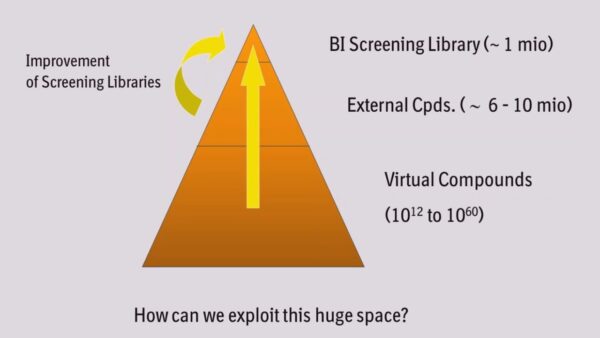RNA Isosteric Trinucleotide Mimetics Library, also known as RNA iTM Library, is a collection of small molecules that mimic RNA trinucleotides. RNA, or ribonucleic acid, plays a critical role in a variety of biological processes, including gene expression and protein synthesis. RNA is composed of nucleotides, which are the building blocks of RNA. Each RNA nucleotide is composed of a sugar molecule, a phosphate group, and a nitrogen-containing base.
The RNA Isosteric Trinucleotide Mimetics Library is designed to mimic the chemical and structural properties of RNA trinucleotides. By targeting RNA structures with small molecules, researchers hope to disrupt or modulate the function of RNA. The RNA iTM Library provides a unique opportunity to identify small molecules that can selectively target and modulate RNA molecules involved in various cellular processes.
The design of the RNA iTM Library involves a combination of computational modeling, synthetic chemistry, and structural biology. Researchers first use computational methods to identify key structural elements and functional groups responsible for the structure and function of RNA trinucleotides. Based on this information, researchers then design small molecules that can mimic the structural and chemical properties of the RNA trinucleotides. Synthetic chemistry techniques are then used to optimize the small molecules for selective binding affinity, cellular activity, and drug-like properties.
The goal of the RNA iTM Library is to identify small molecule inhibitors or modulators of RNA structures that are involved in disease pathogenesis. Recent studies have shown that RNA plays a critical role in a variety of diseases, including viral infections, genetic disorders, and cancer. Targeting RNA structures with small molecules offers a unique opportunity to selectively disrupt or modulate disease-associated RNA structures, potentially leading to the development of novel therapeutics.
In addition to its potential therapeutic applications, the RNA iTM Library also offers valuable tools for basic research. By selectively targeting specific RNA structures and disrupting their function, researchers can gain insight into the role of RNA in various biological processes.
Despite its potential, there are several challenges associated with targeting RNA molecules with small molecules. RNA structures can be large and complex, and identifying RNA targets that are specific to a particular disease can be challenging. Identifying RNA targets that are specific to a particular disease requires a fundamental understanding of the structure and function of the RNA molecule.
In conclusion, the RNA Isosteric Trinucleotide Mimetics Library presents a unique approach to drug discovery. By targeting RNA structures with small molecules, researchers aim to selectively modulate or disrupt RNA function, providing opportunities for developing therapeutics for various diseases, as well as tools for basic research. With further development and optimization, the RNA iTM Library holds great potential to revolutionize the drug discovery landscape and further our understanding of RNA in biology and disease.




